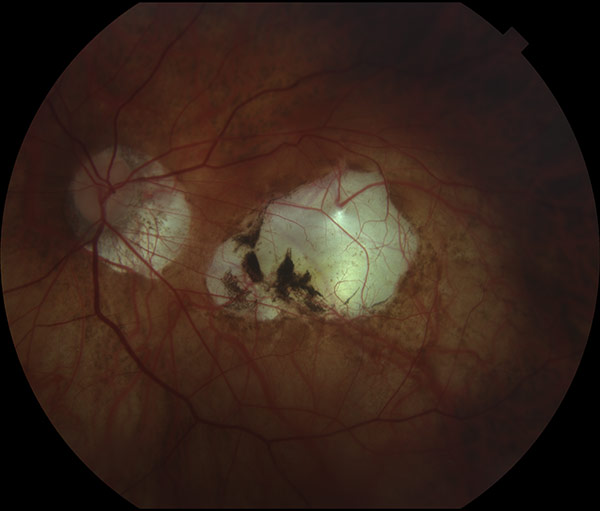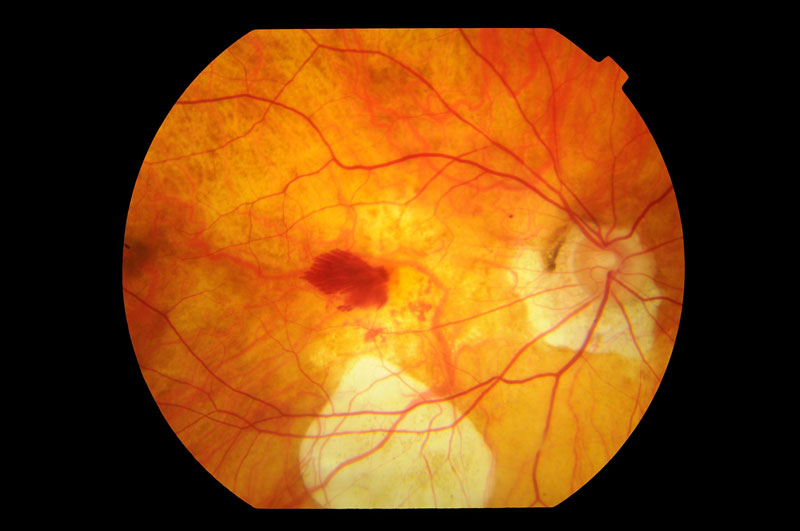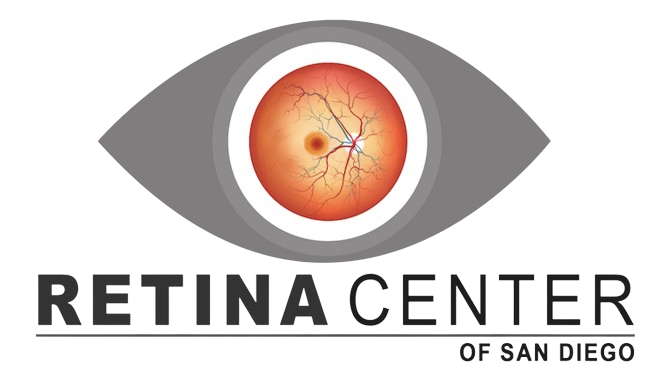Myopic Degeneration
What is Myopic Degeneration?
Myopic Degeneration also known as myopic macular degeneration (MMD), is a condition associated with high myopia (severe nearsightedness). It occurs when the elongation of the eyeball in myopia causes structural changes in the retina, particularly the macula, which is the central part of the retina responsible for sharp, detailed vision. Over time, this elongation can lead to thinning of the retina and choroid, stretching of the tissues, and the development of abnormalities like lacquer cracks, choroidal neovascularization (CNV), and macular atrophy.
Causes of Myopic Degeneration
Myopic degeneration is primarily caused by pathological changes in the eye due to high myopia. Factors that contribute to its development include:
- Excessive elongation of the eyeball: This causes thinning and stretching of the retina and choroid.
- Genetic predisposition: Family history of high myopia increases the risk.
- Environmental factors: Prolonged close-up work and lack of outdoor activity may contribute to the progression of high myopia, potentially leading to degeneration.
Symptoms of Myopic Degeneration
The symptoms of myopic degeneration can vary depending on the severity and the specific changes occurring in the eye but may include:
- Blurred or distorted central vision
- Difficulty seeing fine details (reading, recognizing faces)
- Dark or empty spots in the field of vision (scotomas)
- Increased sensitivity to light (photophobia)
- A gradual worsening of vision over time
Diagnosis of Myopic Degeneration
Diagnosis is typically made through a comprehensive eye exam, which may include:
- Visual acuity testing: To assess the clarity of vision.
- Ophthalmoscopy: To examine the retina for signs of degeneration.
- Optical coherence tomography (OCT): A non-invasive imaging test to visualize the retina’s layers and detect thinning or fluid accumulation.
- Fluorescein angiography: To detect abnormal blood vessels or bleeding in the retina.
Treatment of Myopic Degeneration
Treatment for myopic degeneration focuses on managing the symptoms and slowing the progression of the disease. Some treatment options include:
- Anti-VEGF Injections: Anti-vascular endothelial growth factor (anti-VEGF) injections (such as ranibizumab, aflibercept, or bevacizumab) are commonly used to treat CNV associated with myopic degeneration. These injections help reduce the growth of abnormal blood vessels and fluid leakage in the retina.
- Surgical Options: In rare cases, surgical procedures such as vitrectomy may be considered to remove vitreous hemorrhage or repair retinal detachment.
Monitoring and Prevention of Myopic Degeneration
Regular follow-up with a retina specialist is crucial for monitoring the progression of myopic degeneration and adjusting treatment plans as necessary. Preventive measures, such as controlling the progression of myopia in childhood through interventions like orthokeratology or atropine eye drops, may help reduce the risk of developing myopic degeneration later in life. If you or someone you know is experiencing symptoms of myopic degeneration, it is important to consult a retina specialist for a proper diagnosis and appropriate management.








